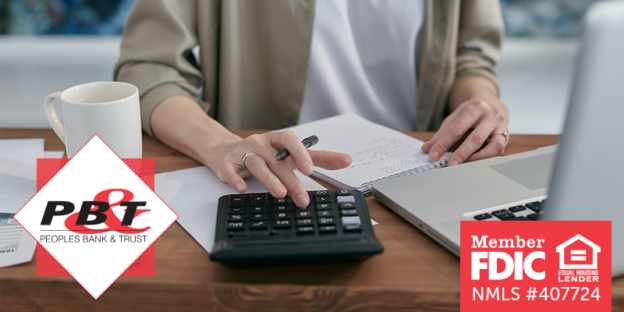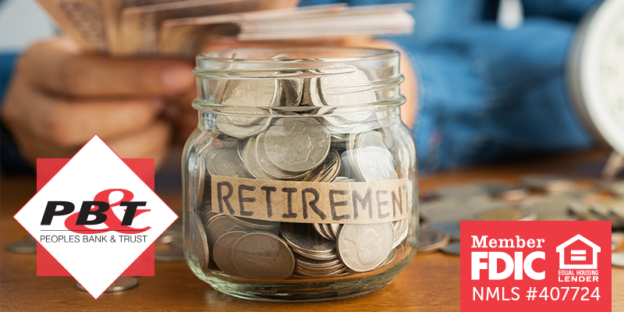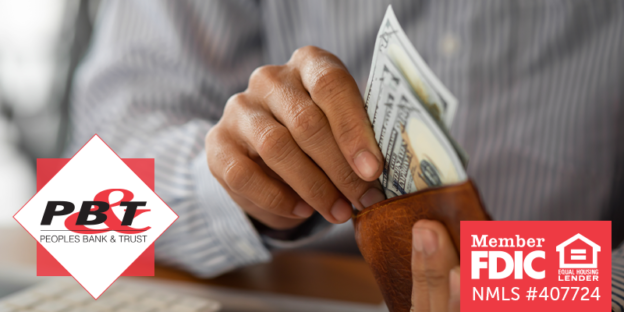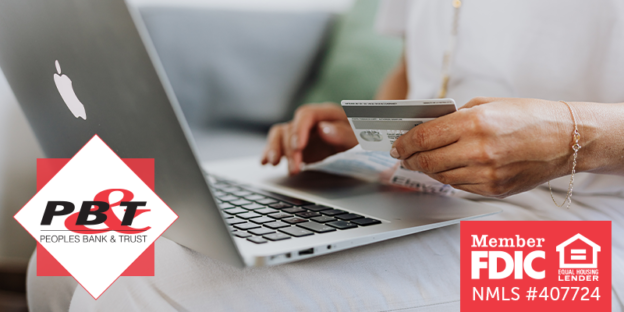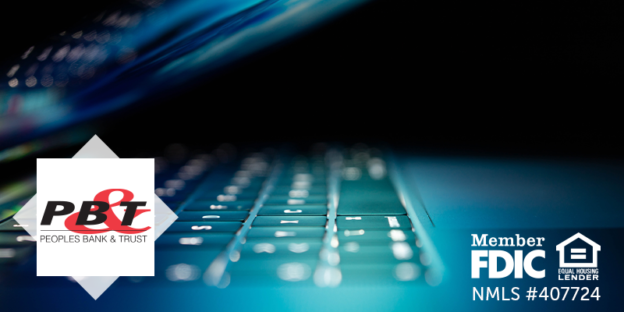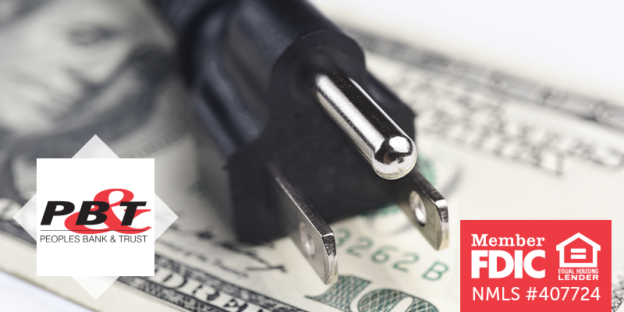Debt can seem intimidating at first, especially when you’re looking at all the different balances across various accounts and credit cards. Paying off your debt will allow you to increase your income and have a little extra room in your budget for other things. By following a few simple strategies, you can pay off your debt faster than you think.
Follow the tips we’ve provide below to pay off your debt faster.
- Review the Amount of Debt You Owe – Find out exactly how much debt you owe. Being able to visualize the total amount of debt will help you create a realistic repayment plan.
- Create a Repayment Plan – Track the total amount of debt you owe with an Excel spreadsheet or free smartphone app. Make sure to include the minimum payment amount, interest rate and how much you owe total. List everything from credit cards and personal loans to student loans and your mortgage. Now, determine how much the monthly payment would be.
- Pay the Most Expensive Debt Off First – Sort your debt by highest to lowest interest rate and tackle the credit card or loan with the highest rate first. By paying it off first, you’re reducing the overall amount of interest you pay and decreasing your overall debt. Continue paying down debts with the next highest interest rates to save on overall cost.
- Pay More Than the Minimum Balance – When you have extra room in your budget, pay more than the minimum balance so you can pay the debt off faster.
- Stay On Top of Bill Payments – Use bill reminders and online bill pay to pay your payments on time – this helps you avoid late fees.
- Reduce Your Spending – Review your current spending and consider areas where you can reduce it. For example, skipping your daily latte or canceling your subscription to yet another streaming service.
- Change Your Habits – Consider your daily habits and routines and if there are adjustments you can make to save money without sacrificing your lifestyle too much. For example, bringing your lunch to work instead of buying it several times per week.
- Sell Unwanted Gifts or Household Items – If you have any unused items laying around, such as electronics, books, appliances, clothes, etc., consider selling them off or hosting a garage sale to earn some extra cash.
- Consider Debt Consolidation – This option allows borrowers to repay their debt by combining several high-interest rate loans or credit card balances into one new loan with a lower interest rate.
- Celebrate – Reward yourself once you reach your goals to maintain your newfound mindset. It can be easy to shift back to old habits, so it’s important to treat yourself occasionally to keep the momentum going.
Interested in debt consolidation or using online bill pay to simplify your payments? We can help! Visit our website to learn more about those options or contact a financial professional for assistance. We’re here to help you create a more financially stable future.
Peoples Bank & Trust Co.
Member FDIC
Equal Housing Lender


